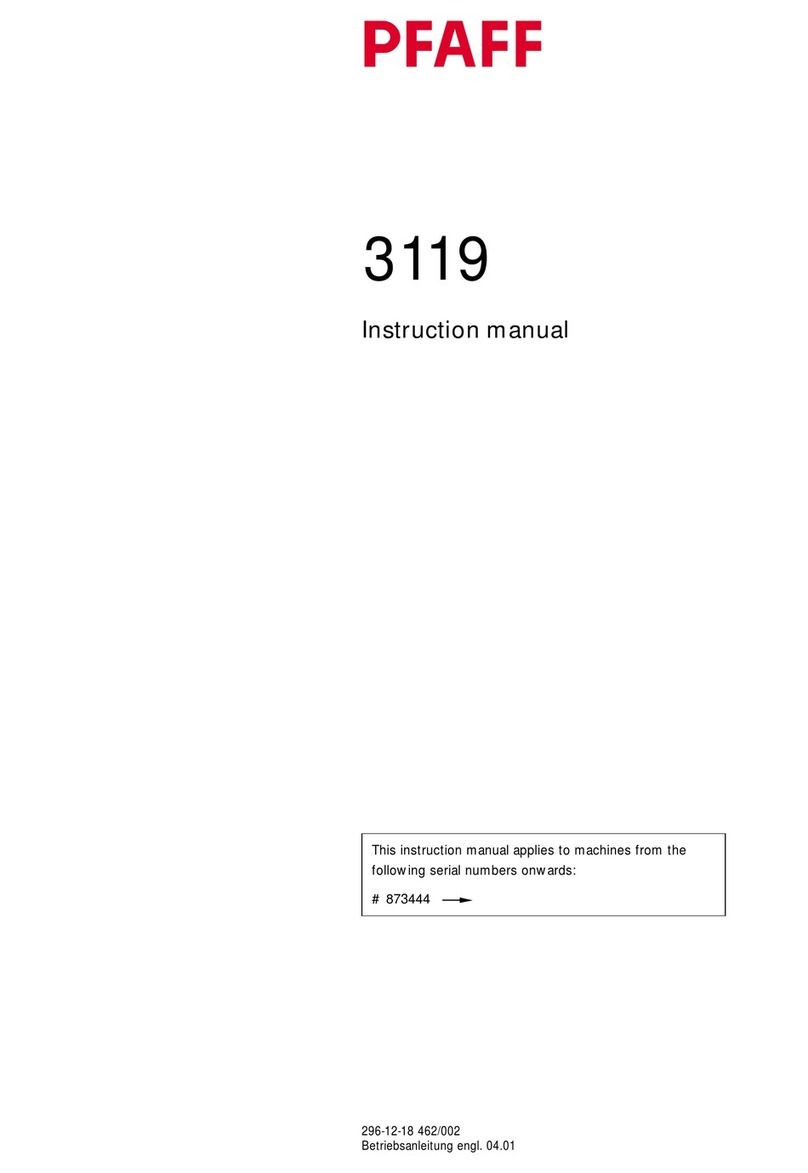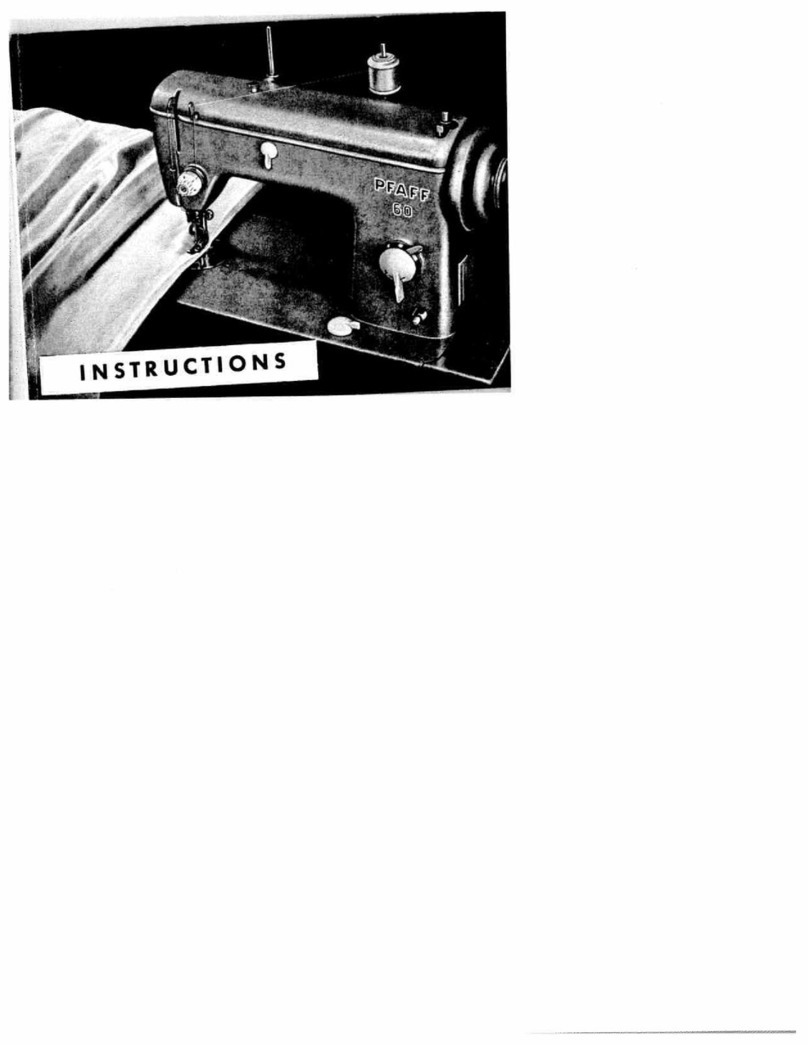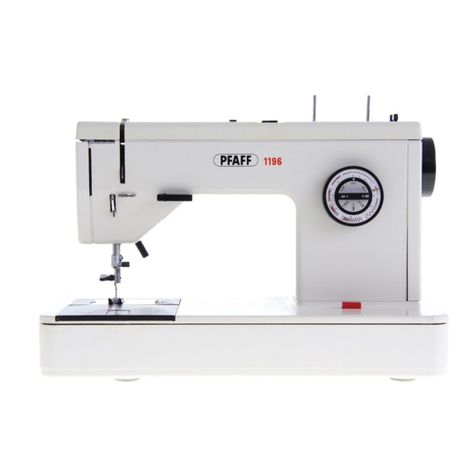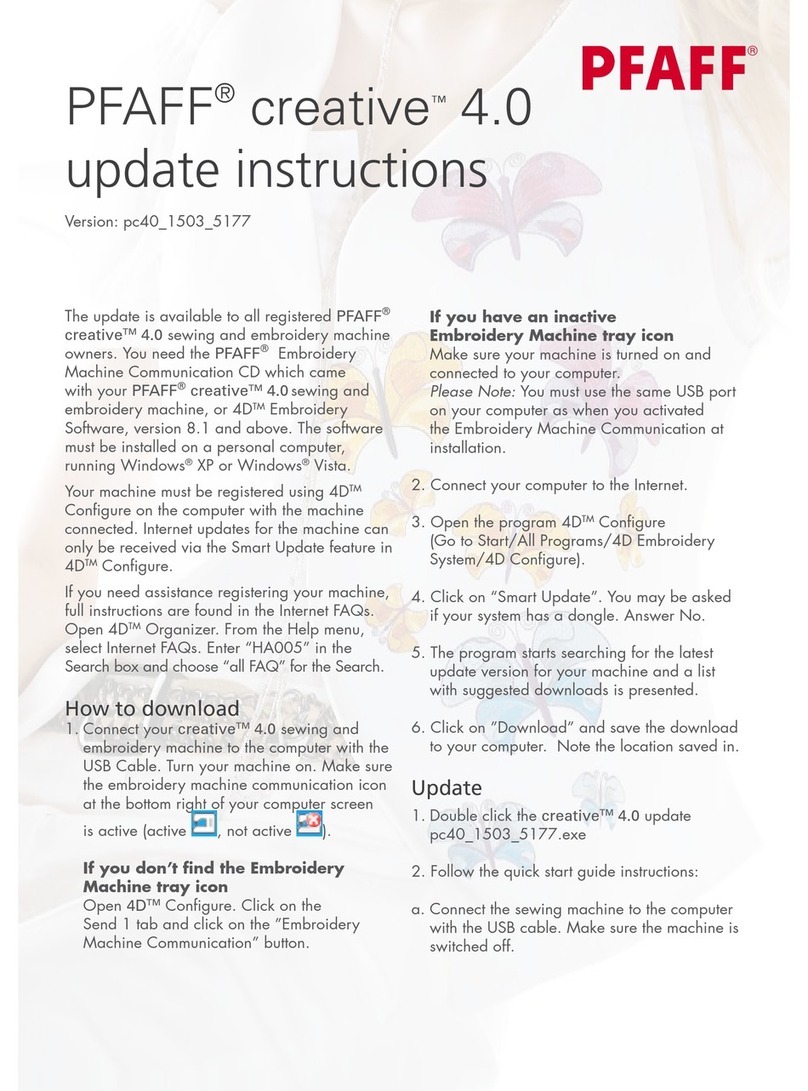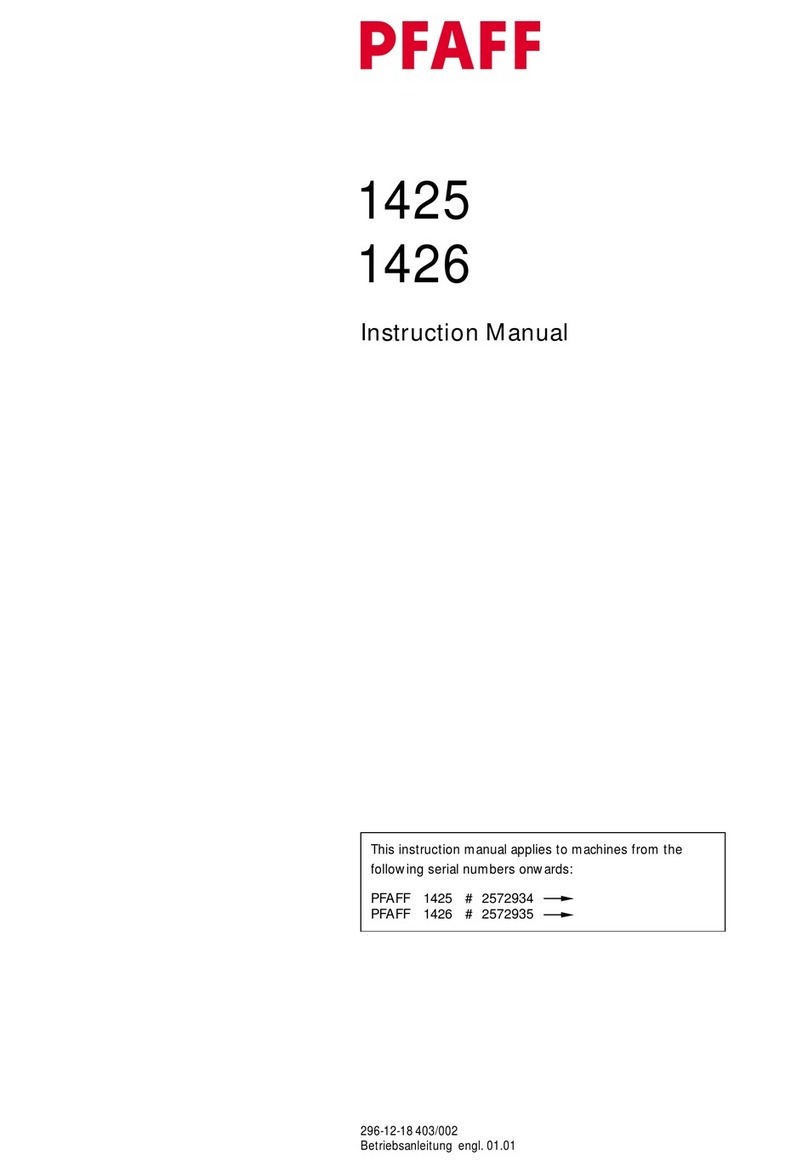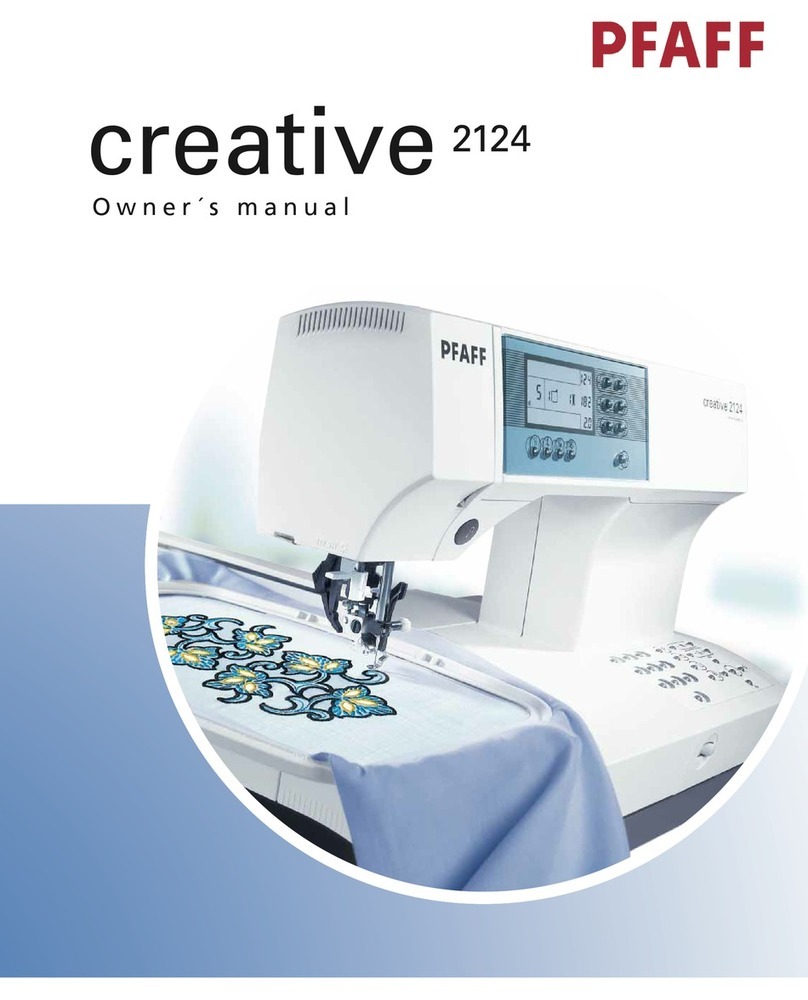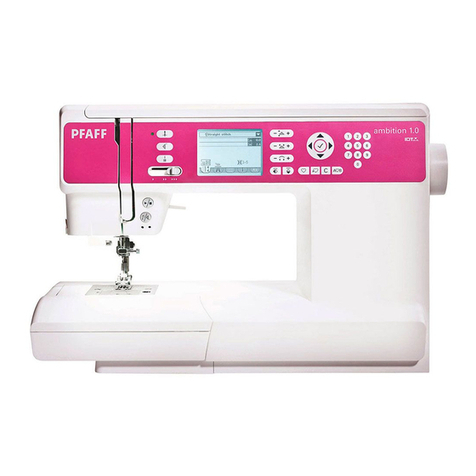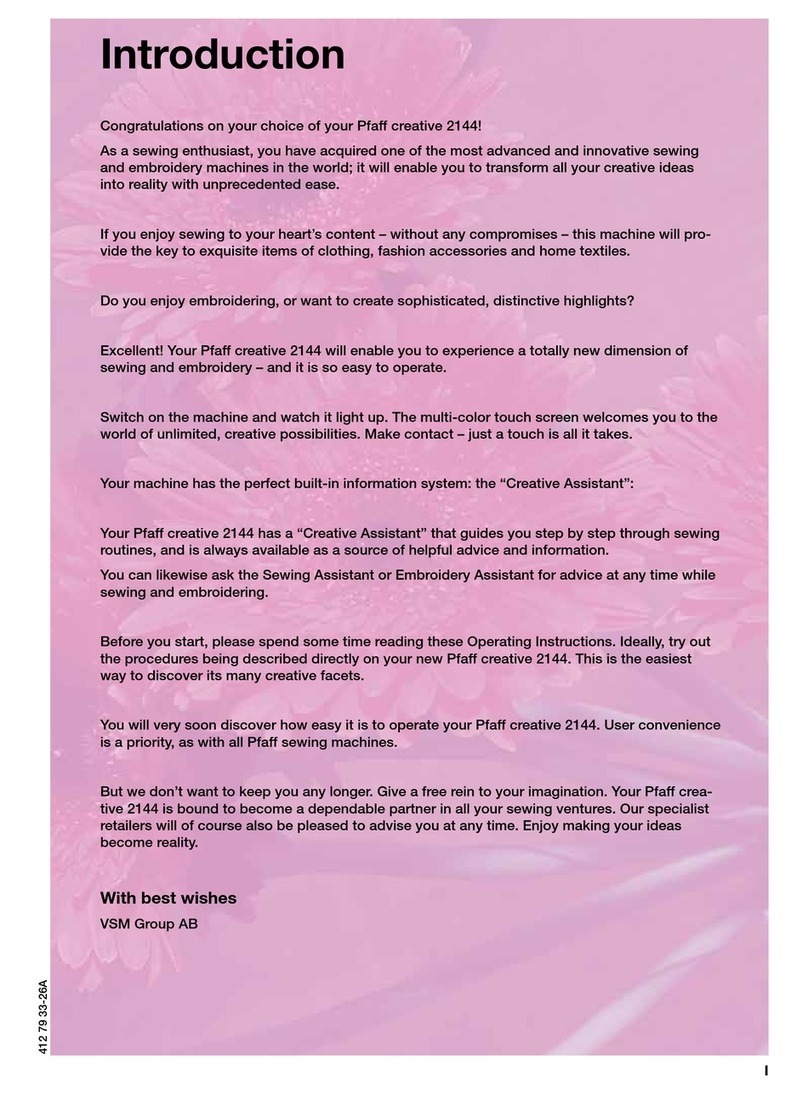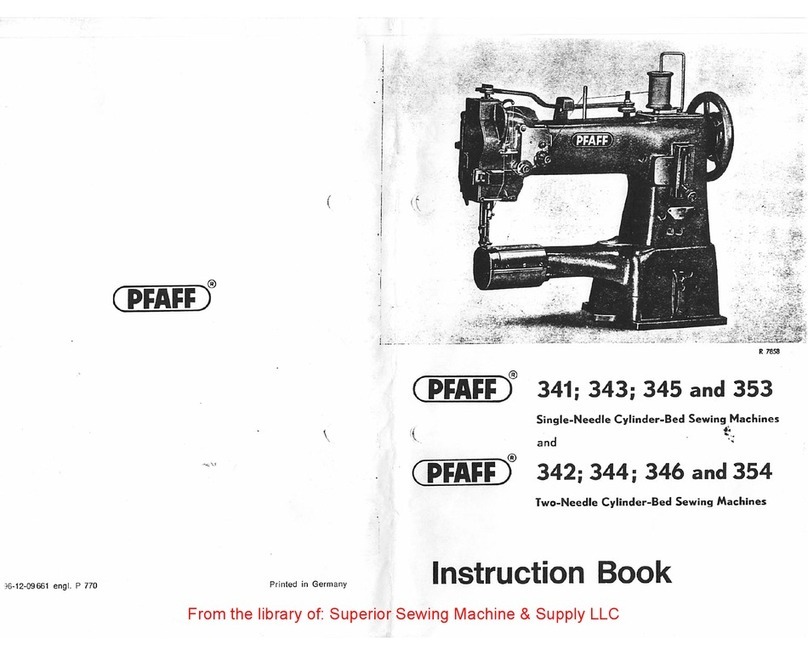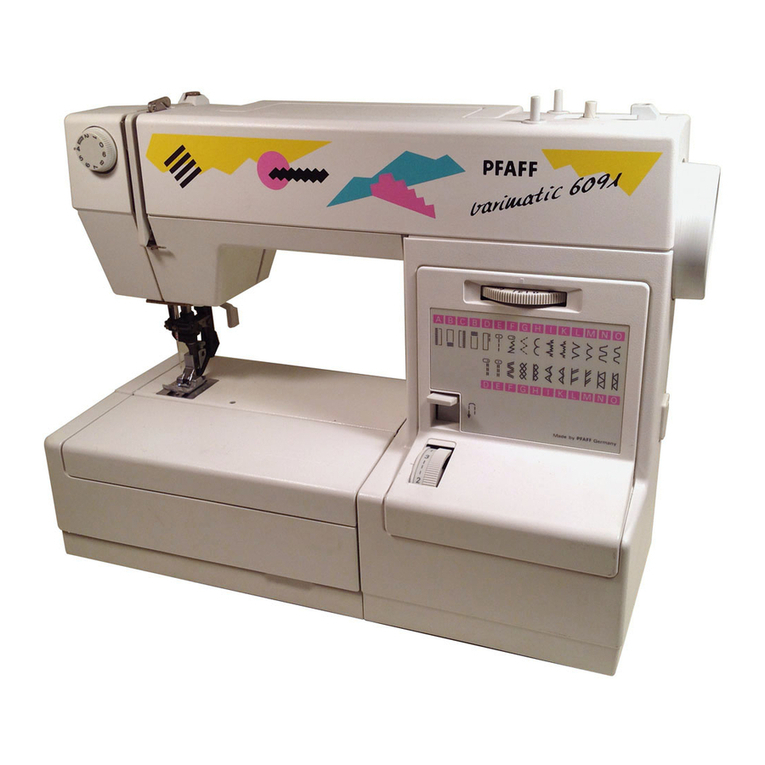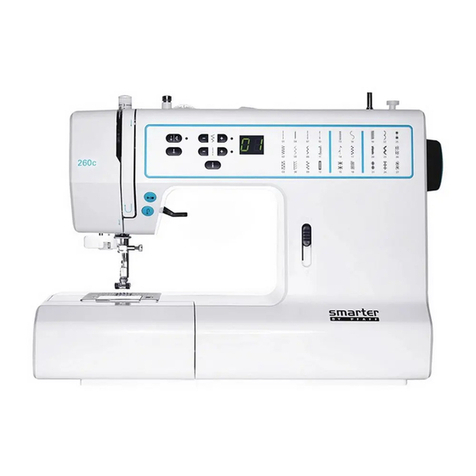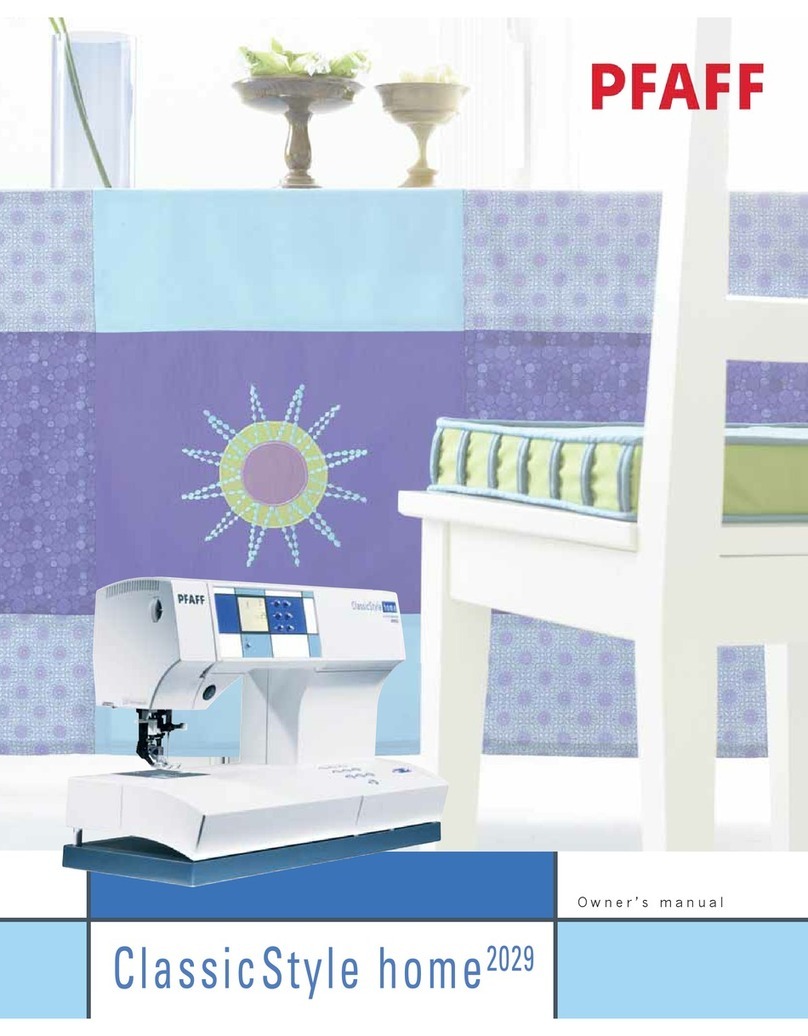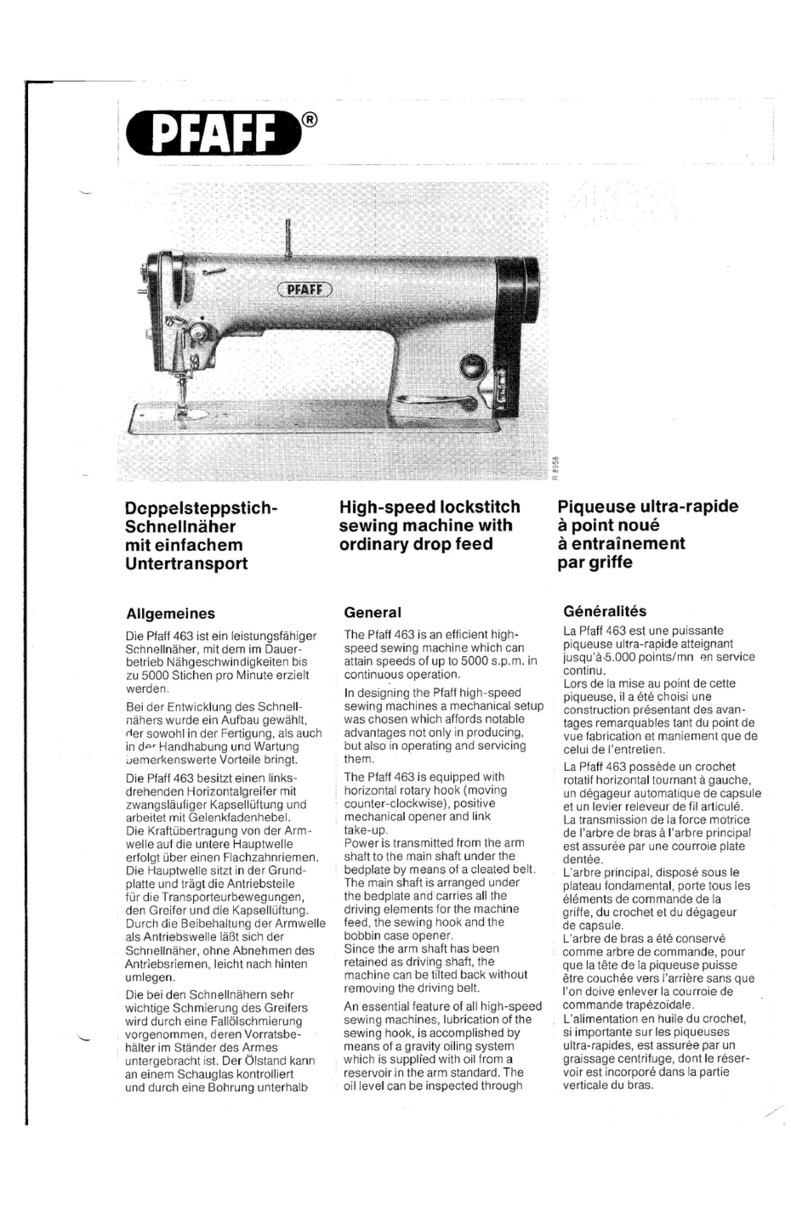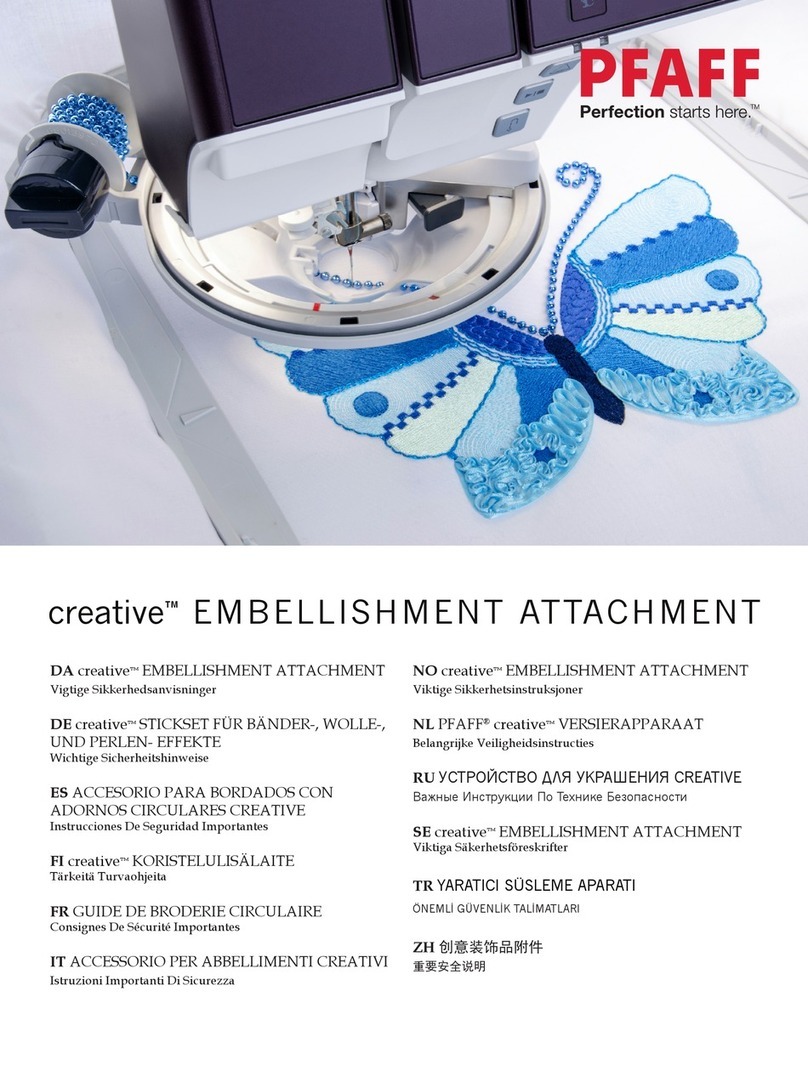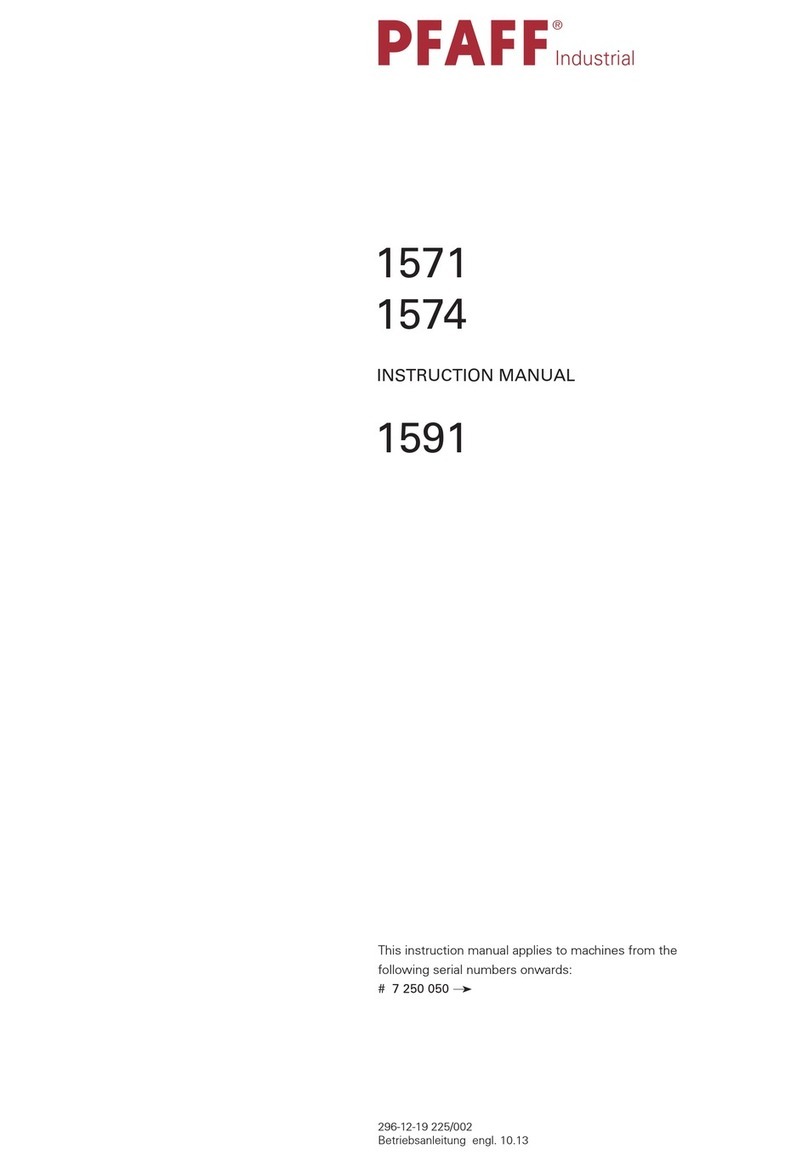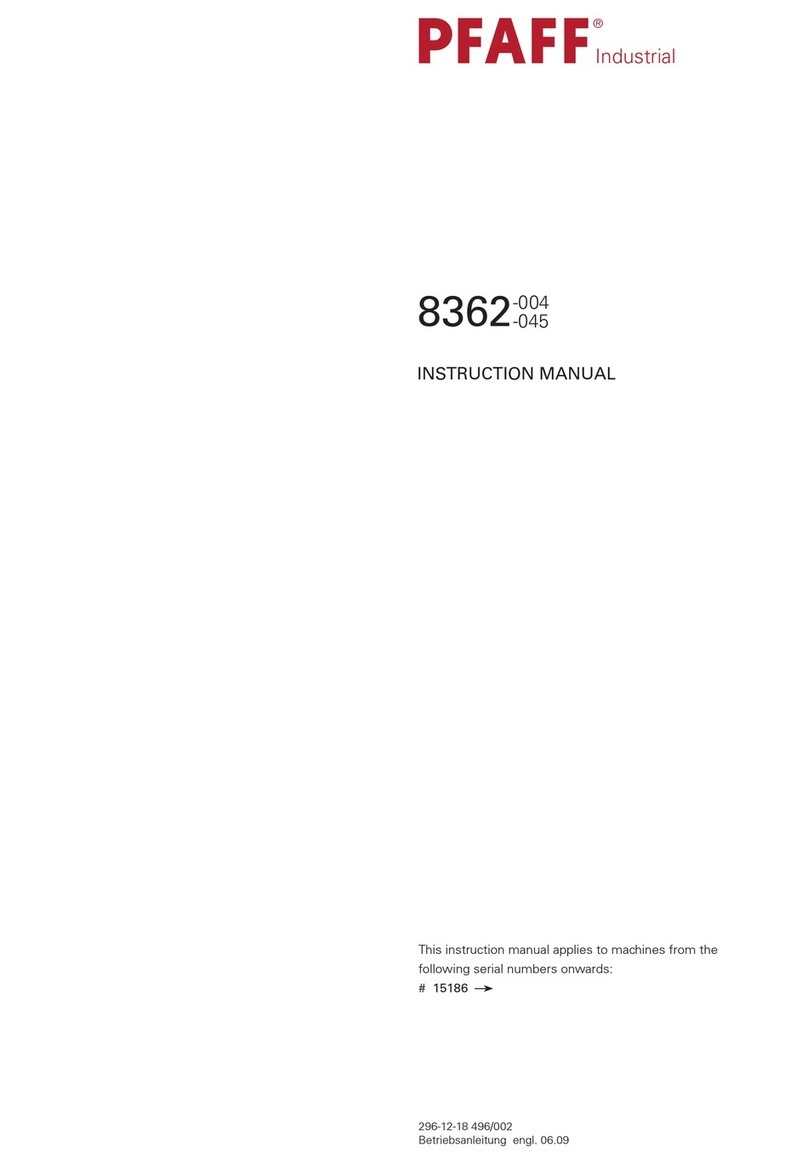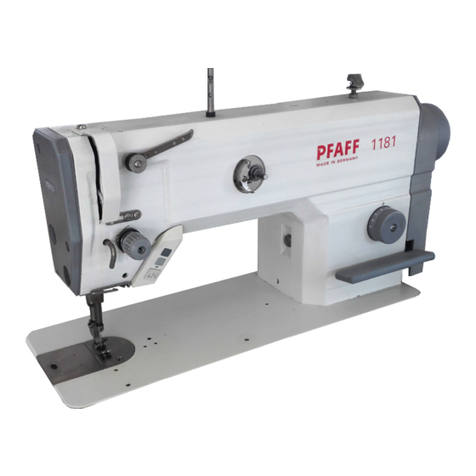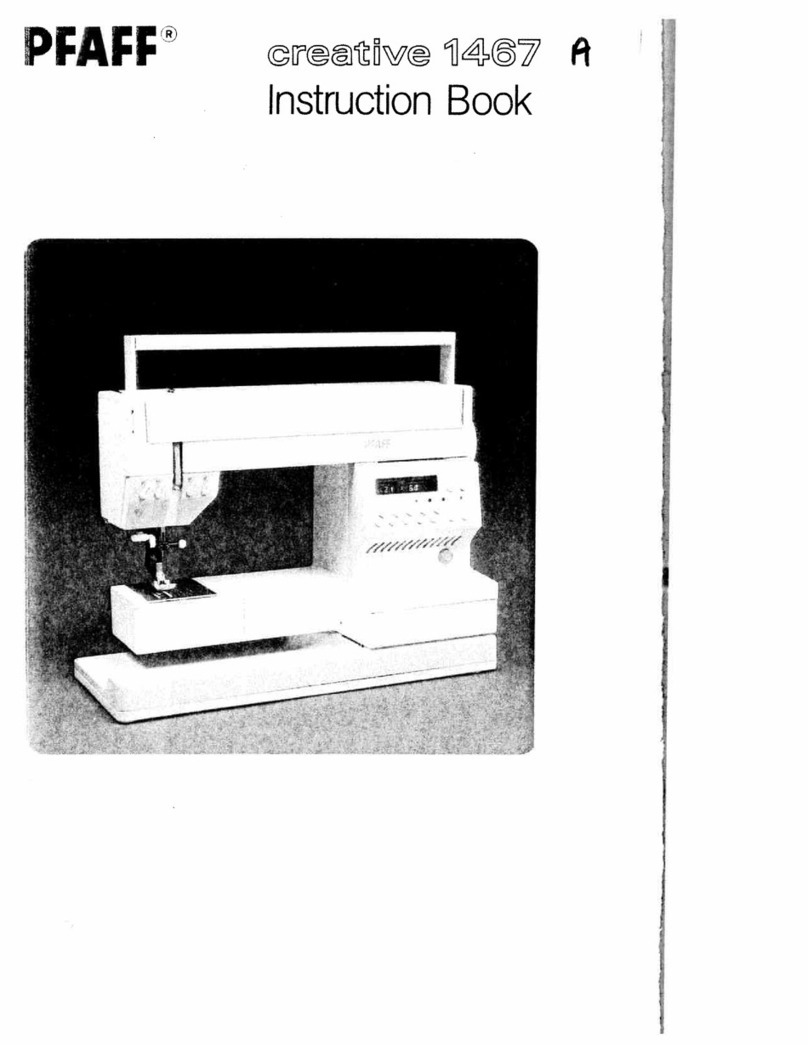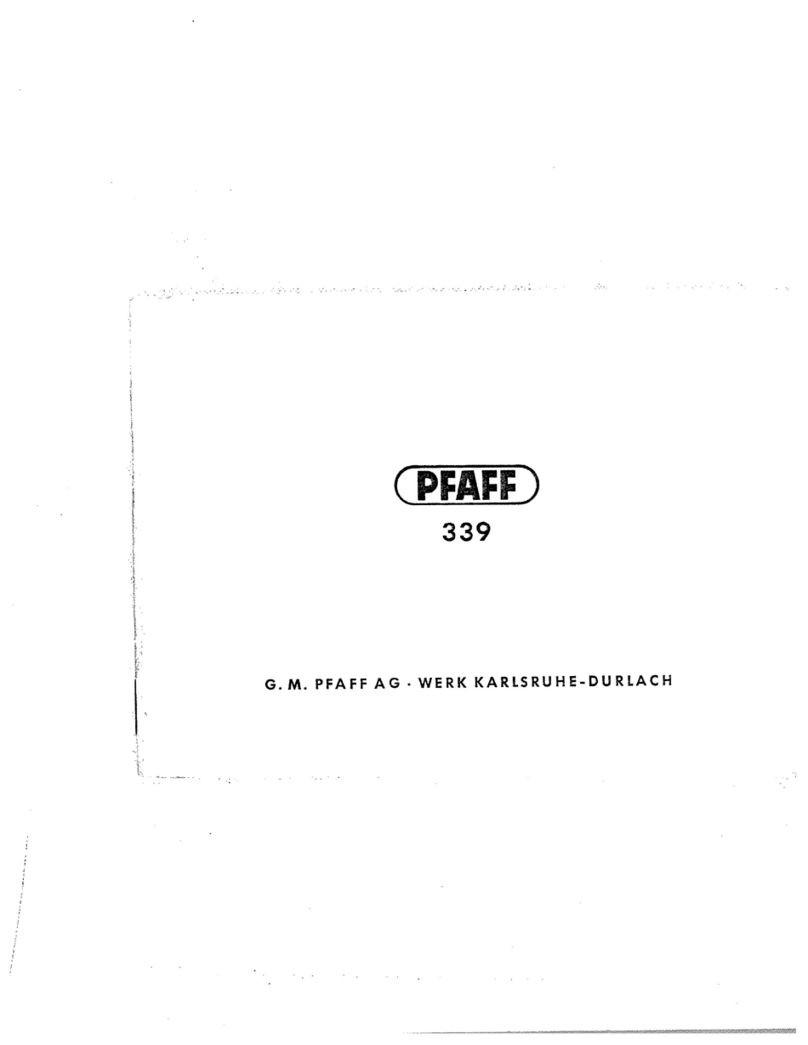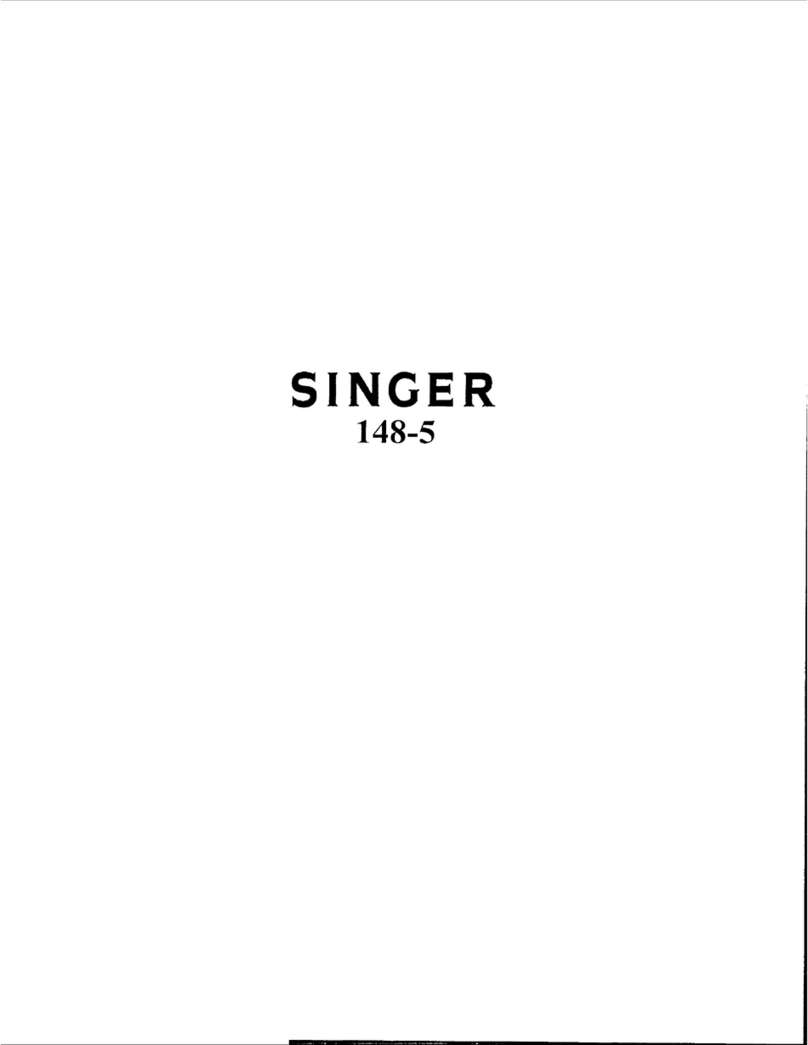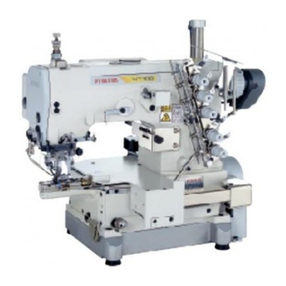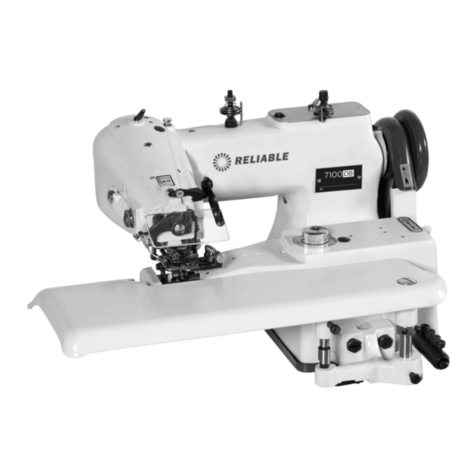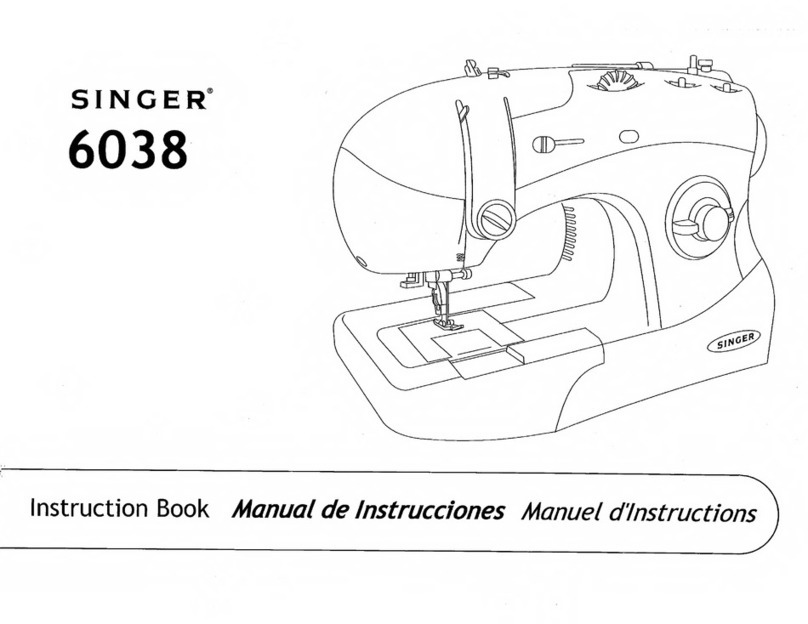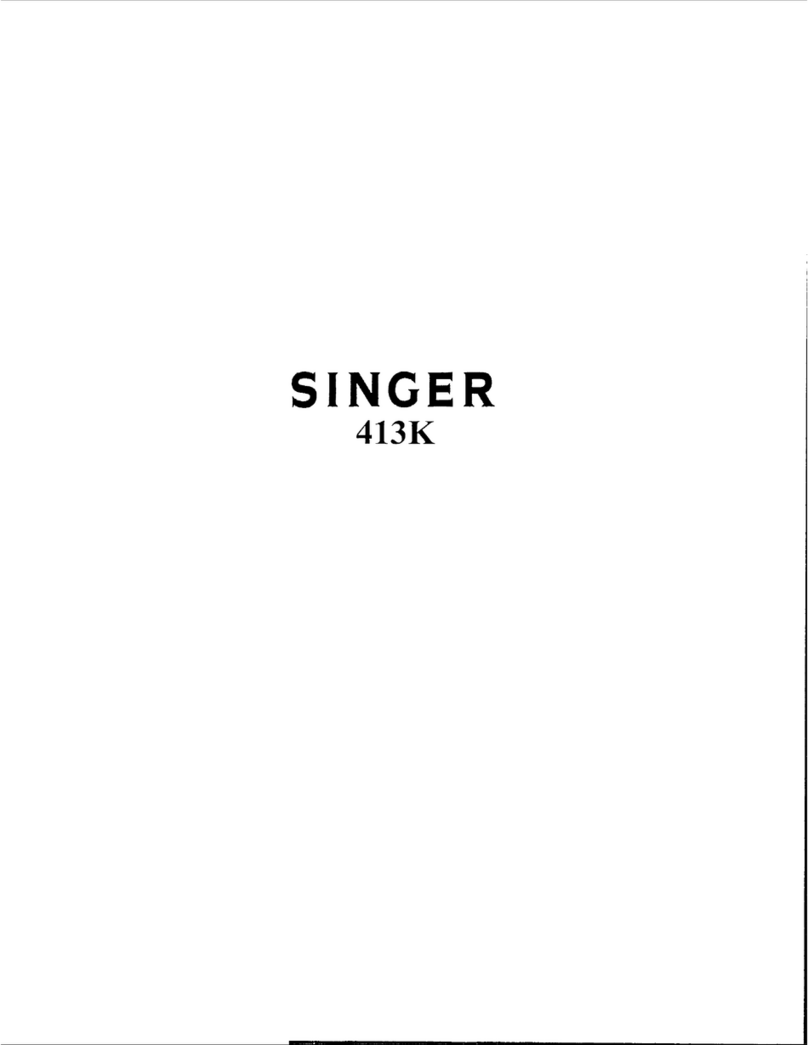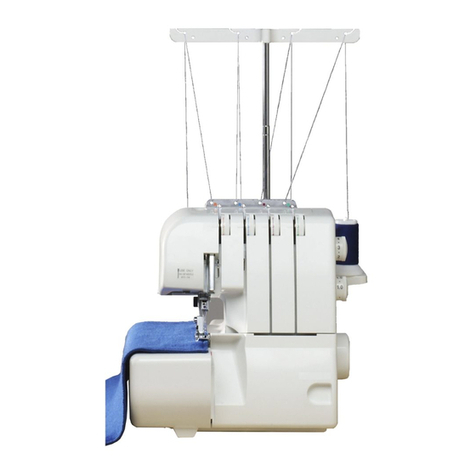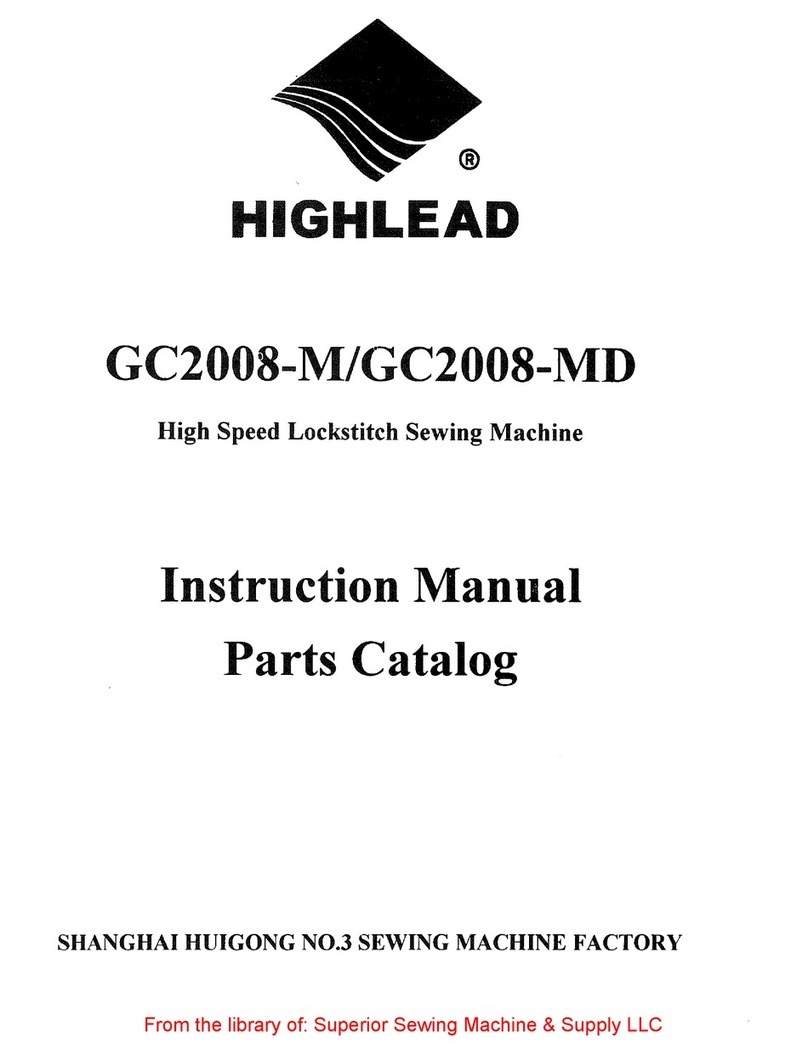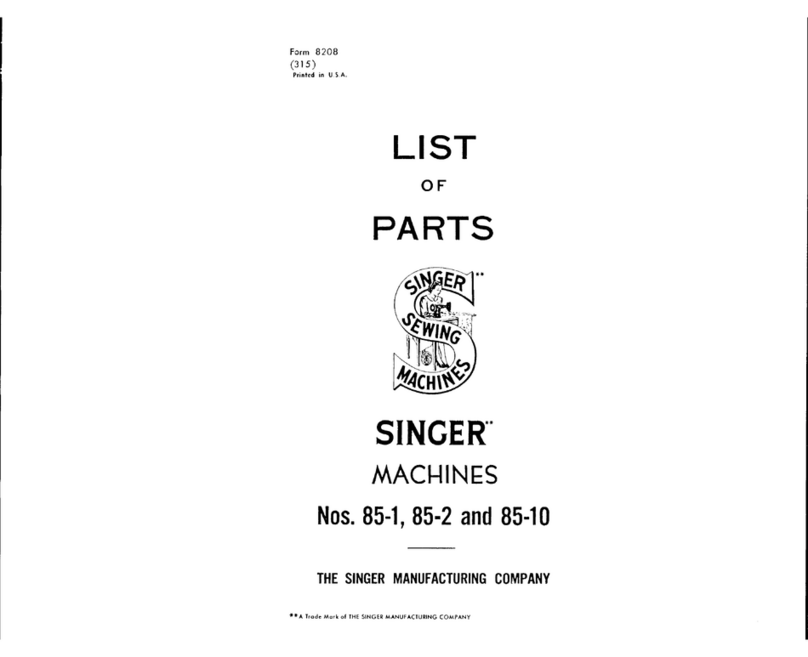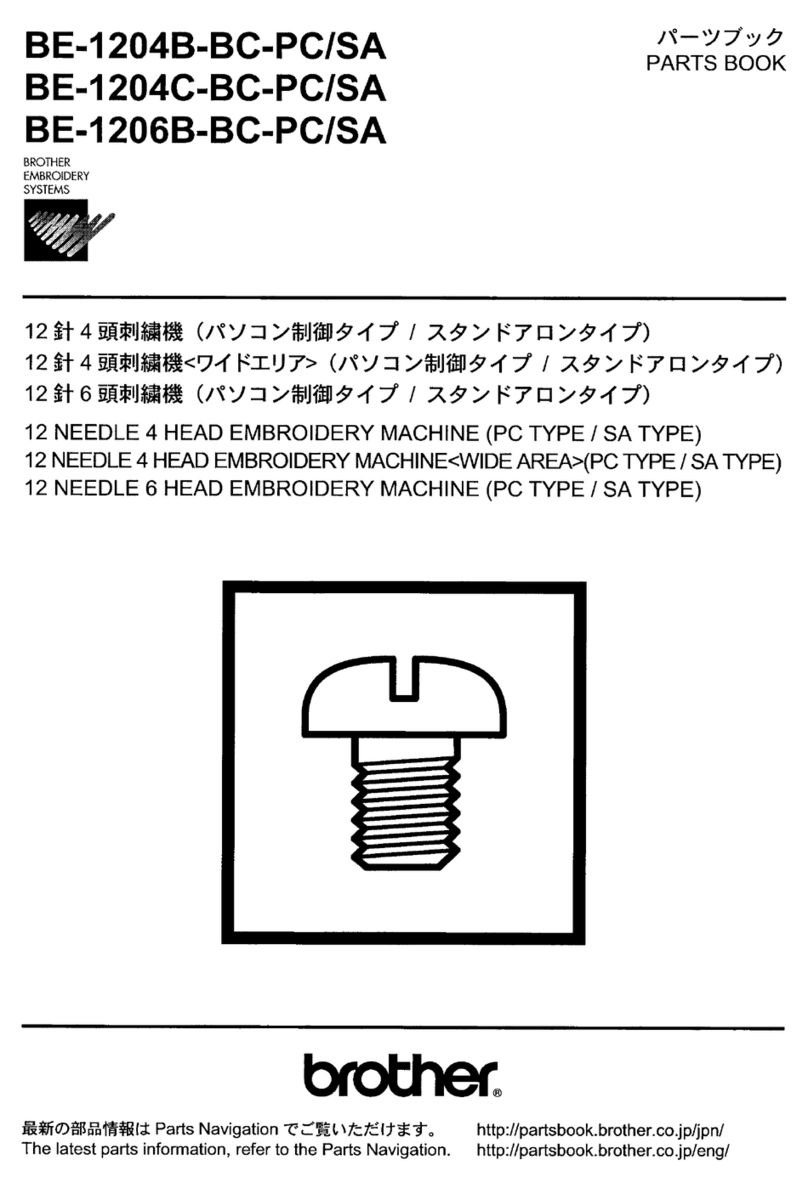Contents
Contents ................................................................................. Chapter – Page
9.03 Removing/inserting the bobbin case .............................................................................. 9 - 3
9.04 Threading the bobbin case / Adjusting the bobbin thread tension ................................... 9 - 3
9.05 Threading the needle thread / Adjusting the needle thread tension ................................. 9 - 4
9.06 Setting the zigzag stitch and the stitch position ............................................................. 9 - 5
9.07 Entering the stitch length ............................................................................................... 9 - 5
9.08 Entering the start and end backtacks ............................................................................. 9 - 6
9.09 Entering the maximum speed ........................................................................................ 9 - 7
9.10 Setting the remaining stitches for the bobbin thread control ........................................... 9 - 7
10 Sewing ........................................................................................................................10- 1
10.01 Manual sewing .............................................................................................................10 -1
10.02 Programmed sewing ....................................................................................................10 - 2
10.03 Error messages ............................................................................................................10 -3
11 Input ............................................................................................................................11 - 1
11.01 Seam program input .....................................................................................................11 - 1
11.02 Example of a seam program input ................................................................................11 - 1
11.03 Program recording forms ..............................................................................................11 - 9
12 Care and maintenance ................................................................................................ 12 - 1
12.01 Cleaning .......................................................................................................................12 - 1
12.02 Lubricating the hook ..................................................................................................... 12 - 2
12.03 Oiling the zigzag drive ...................................................................................................12 -3
12.04 Cleaning the air filter of the air-filter / lubricator .............................................................12 - 4
12.05 Checking/adjusting the air pressure ..............................................................................12 - 4
13 Adjustment ..................................................................................................................13 - 1
13.01 Notes on adjustment ....................................................................................................13 - 1
13.02 Tools, gauges and other accessories for adjusting .......................................................13 - 1
13.03 Abbreviations ................................................................................................................13 - 1
13.04 Check and adjustment aid ............................................................................................13 - 2
13.05 Adjusting the basic machine ........................................................................................13 - 3
13.05.01 Balancing weight ..........................................................................................................13 - 3
13.05.02 Centering the needle in the needle hole (in sewing direction) .......................................13 - 4
13.05.03 Parallel guiding of the needle bar ..................................................................................13 - 5
13.05.04 Locking lever ................................................................................................................13 -6
13.05.05 Zero stitch and zigzag stitch scale ...............................................................................13 - 7
13.05.06 Centering the needle in the needle hole (crosswise to sewing direction) .....................13 - 8
13.05.07 Zigzag stitch width .......................................................................................................13 - 9
13.05.08 Zigzag stitch motion .....................................................................................................13 - 10
13.05.09 Needle penetration symmetry ......................................................................................13 - 11
13.05.10 Needle position adjustment lever .................................................................................13 - 12
13.05.11 Zero position of the bottom feed dog (with closed gear box) .........................................13 - 13
13.05.12 Zeroing the bottom feed (with open gearbox) ............................................................... 13 - 14
13.05.13 Feeding motion of the bottom feed dog ........................................................................ 13 - 15
13.05.14 Lifting motion of the bottom feed dog ...........................................................................13 - 16
13.05.15 Drive belt in the gearbox housing .................................................................................13 - 17
